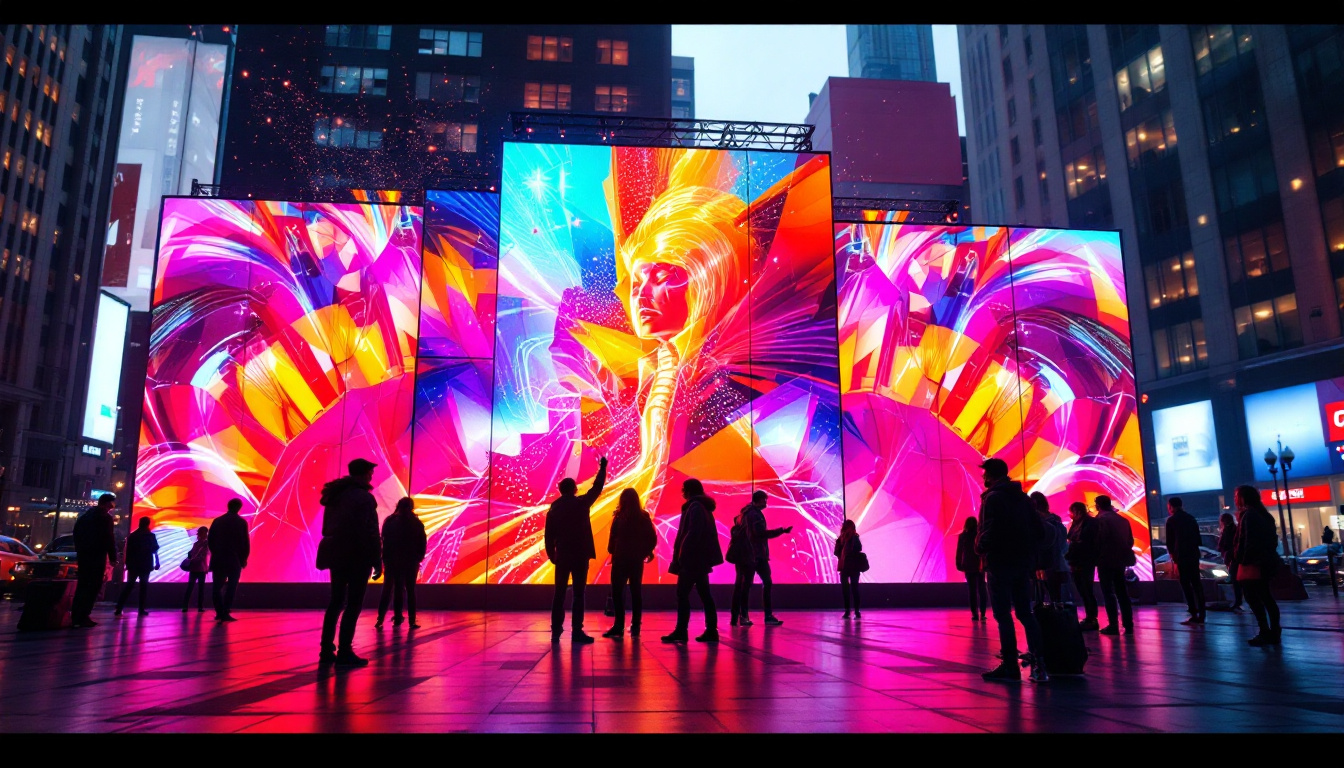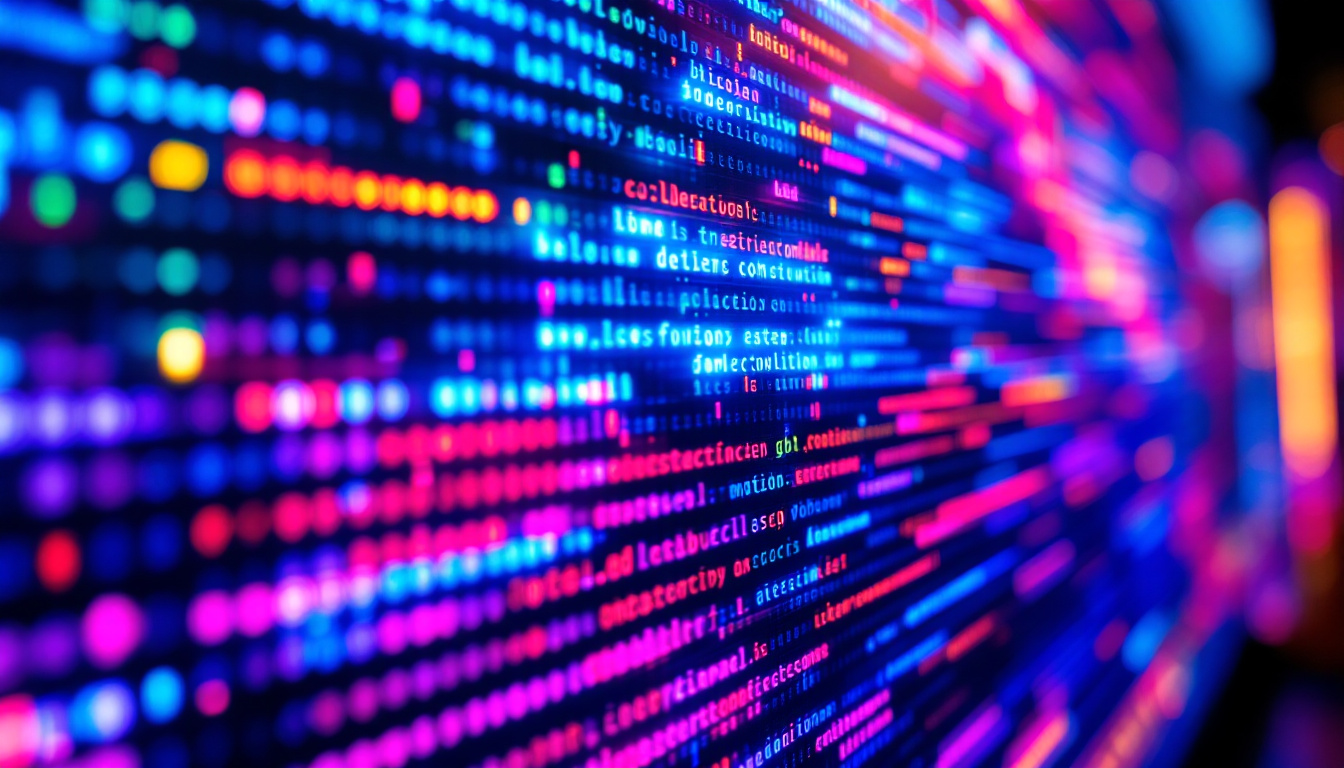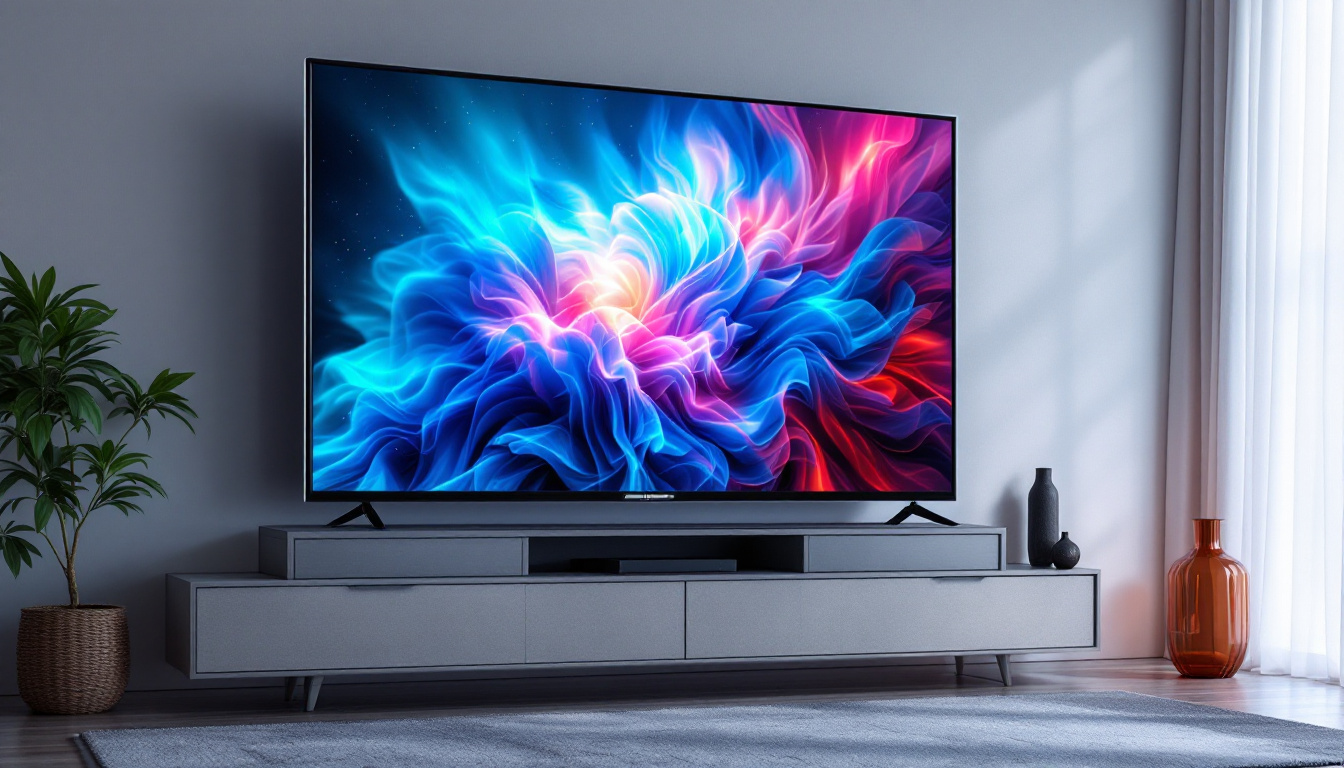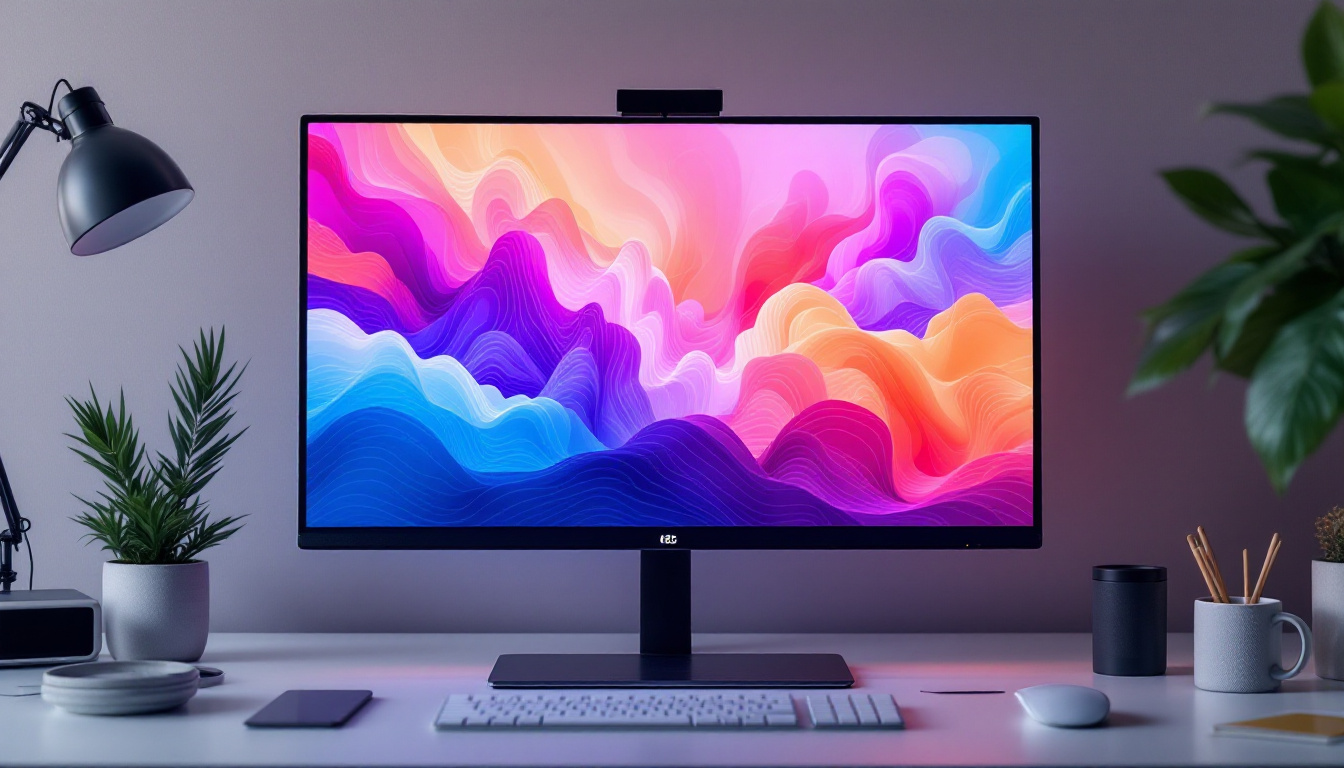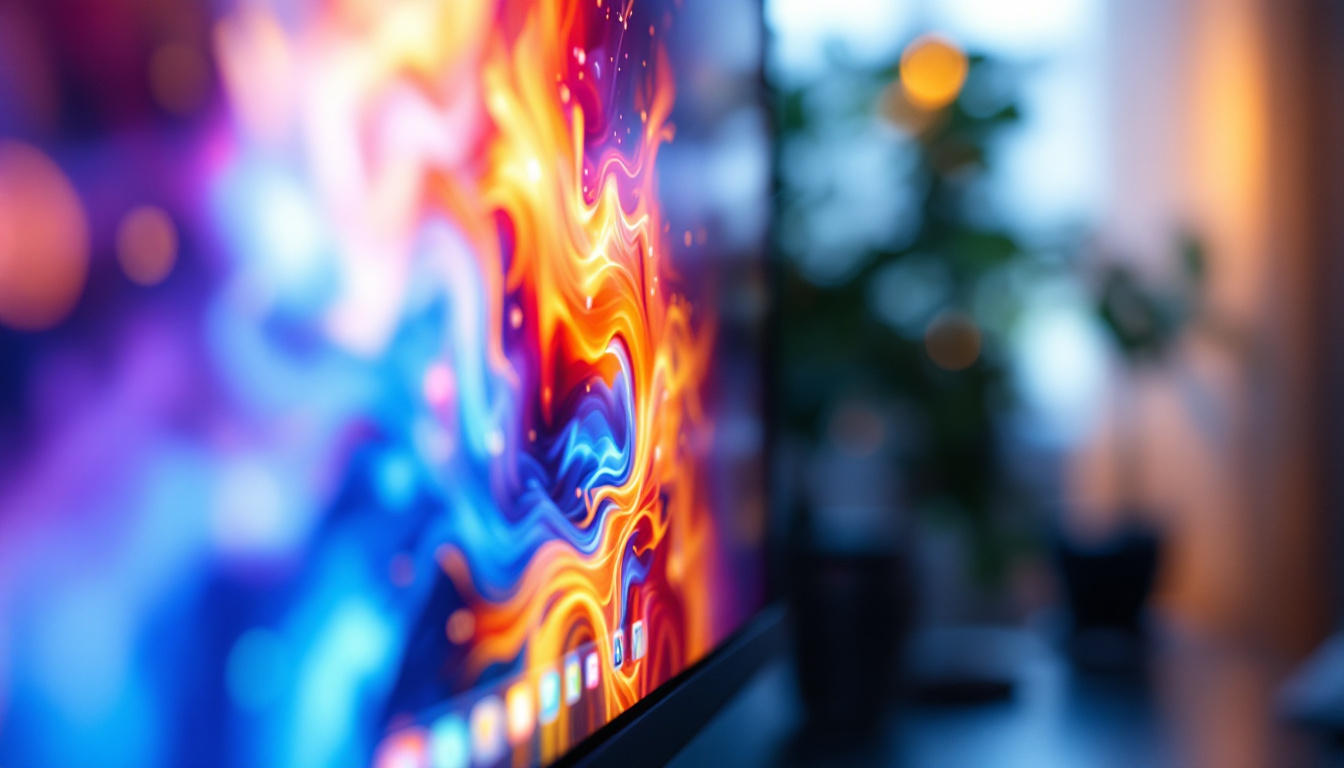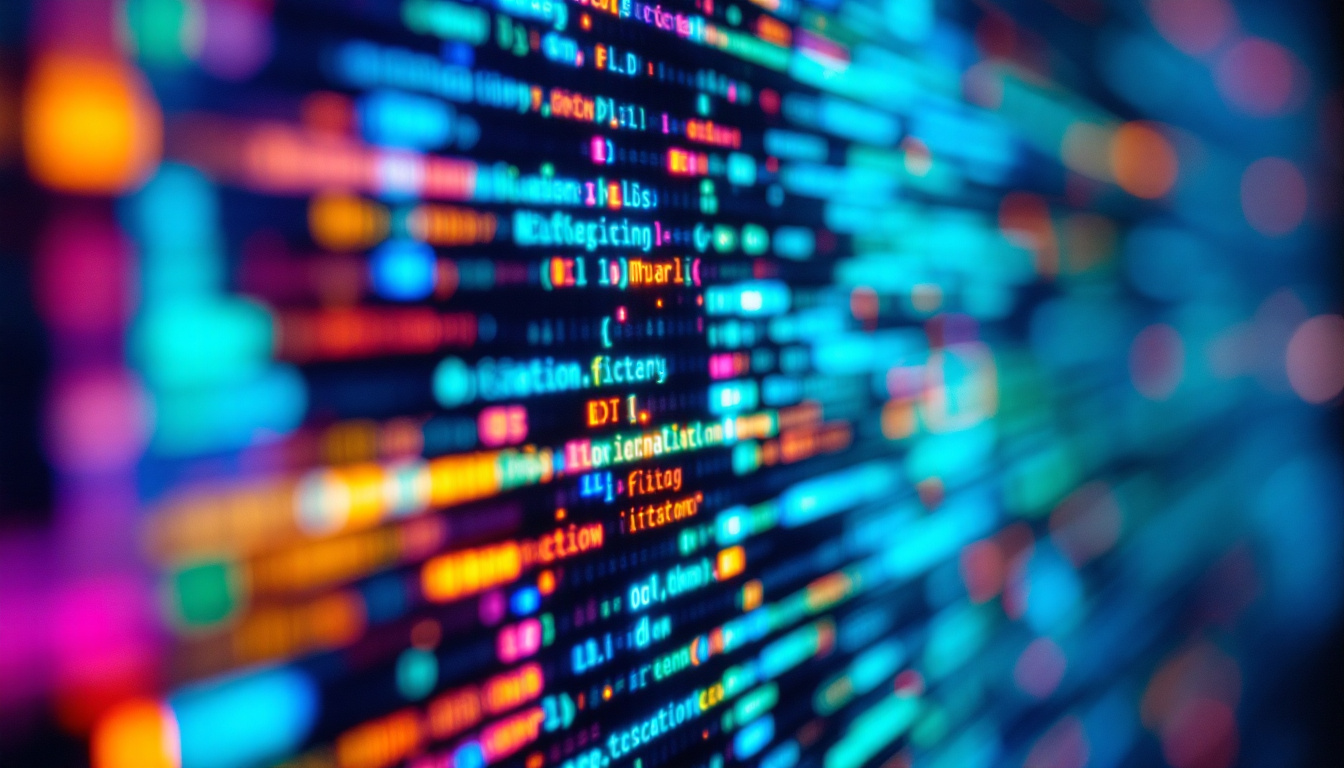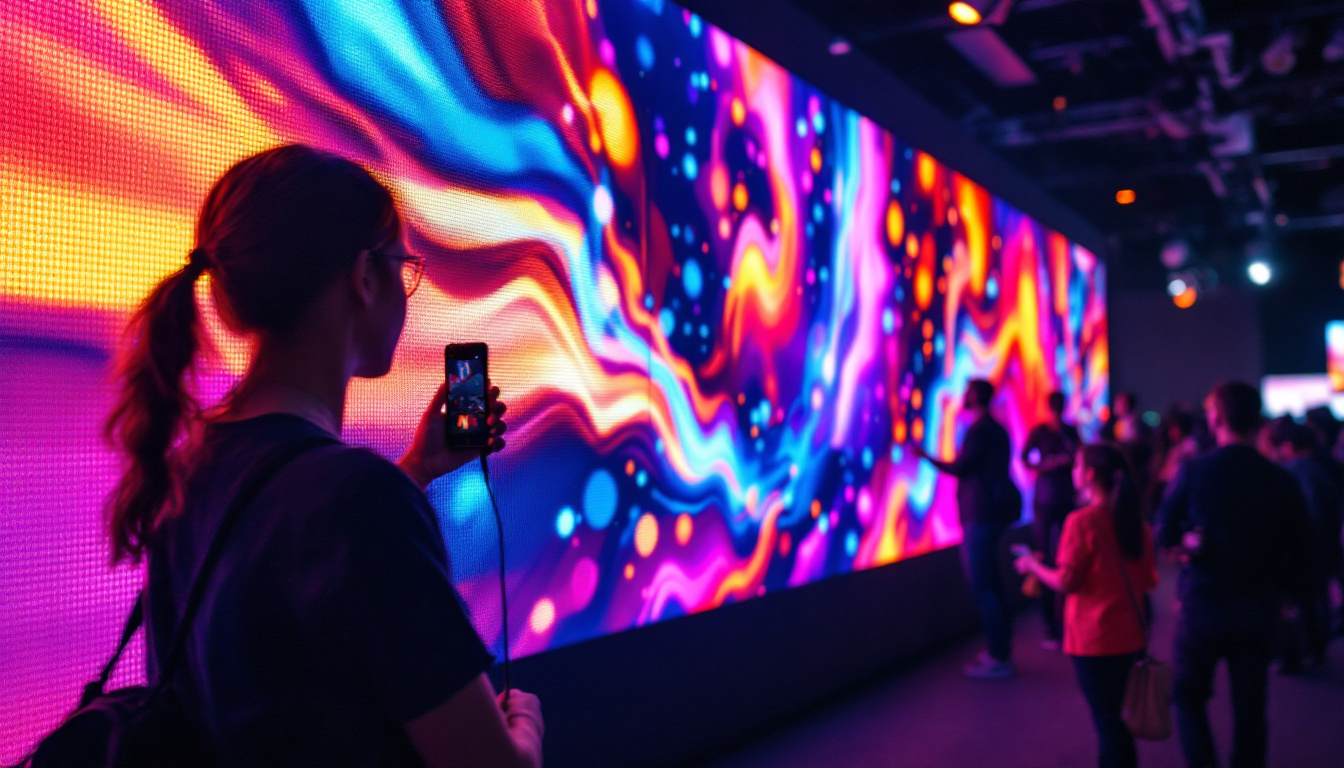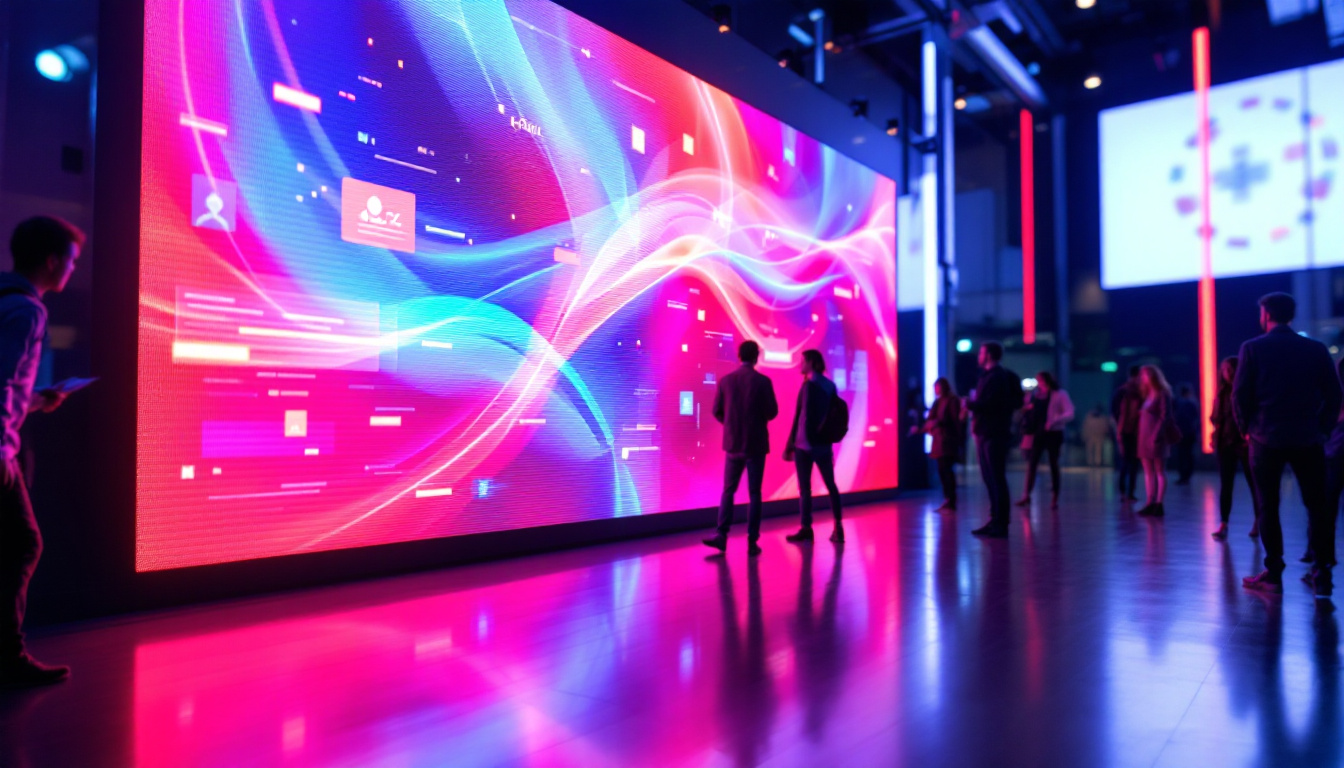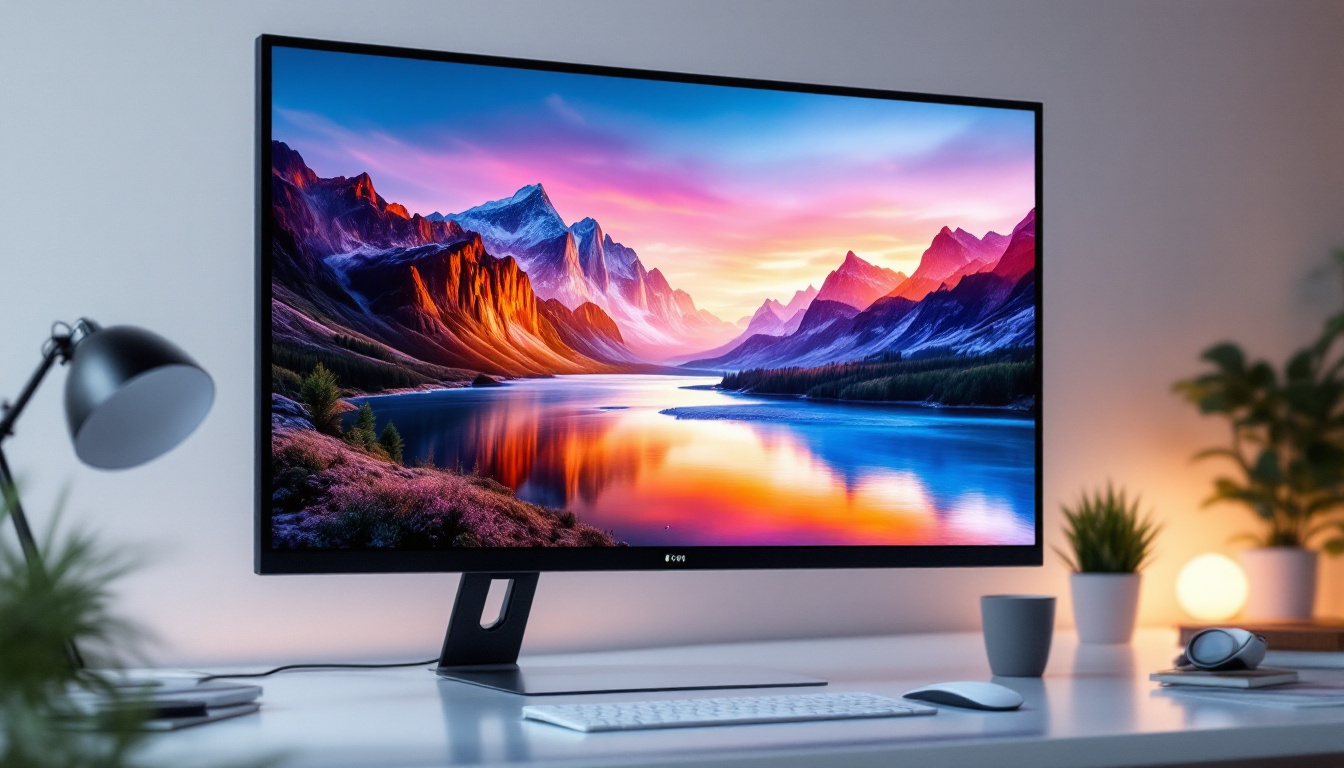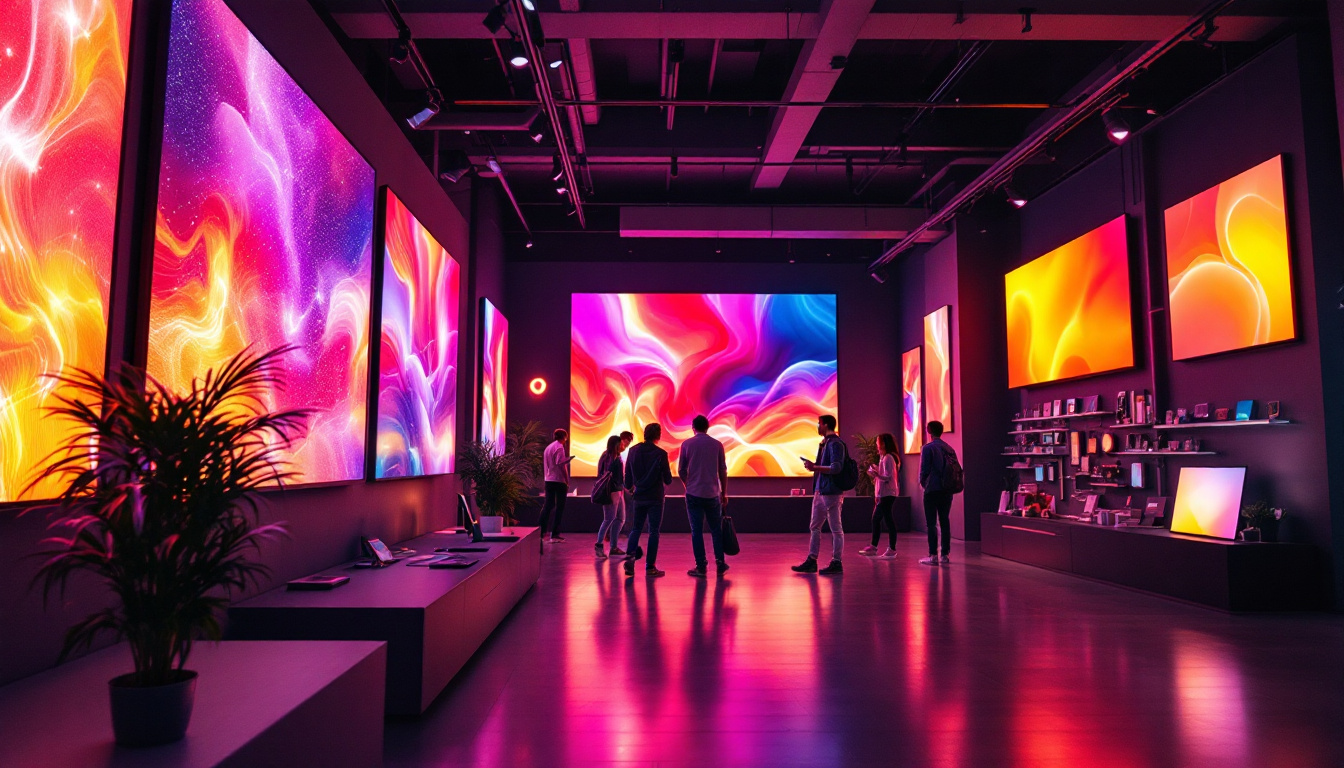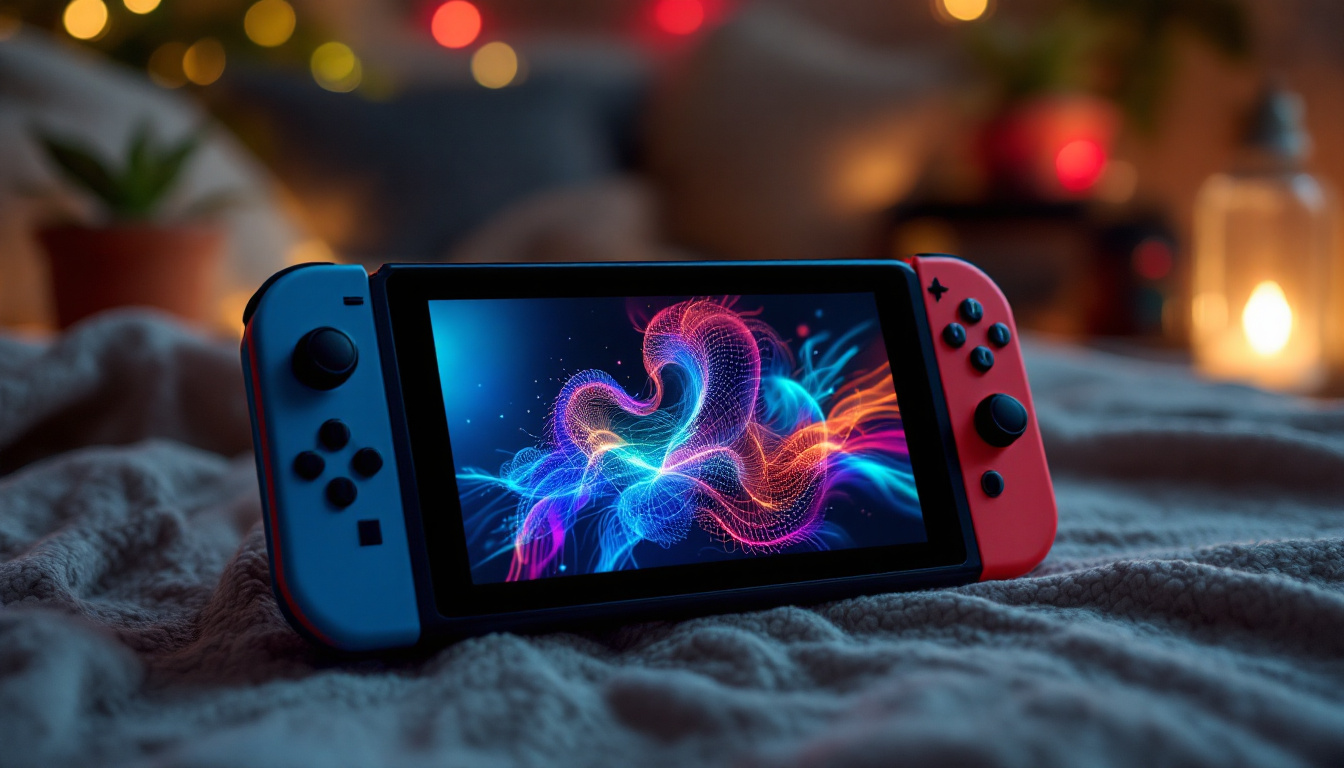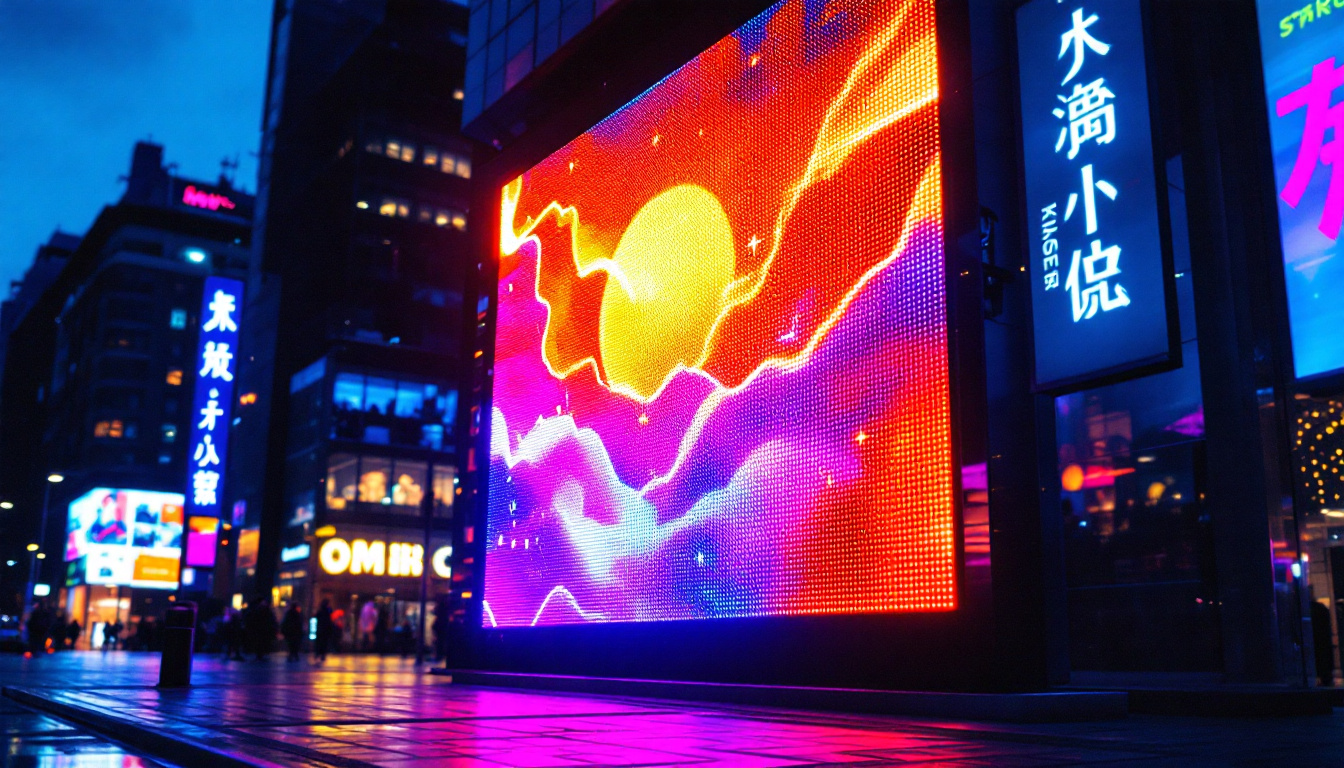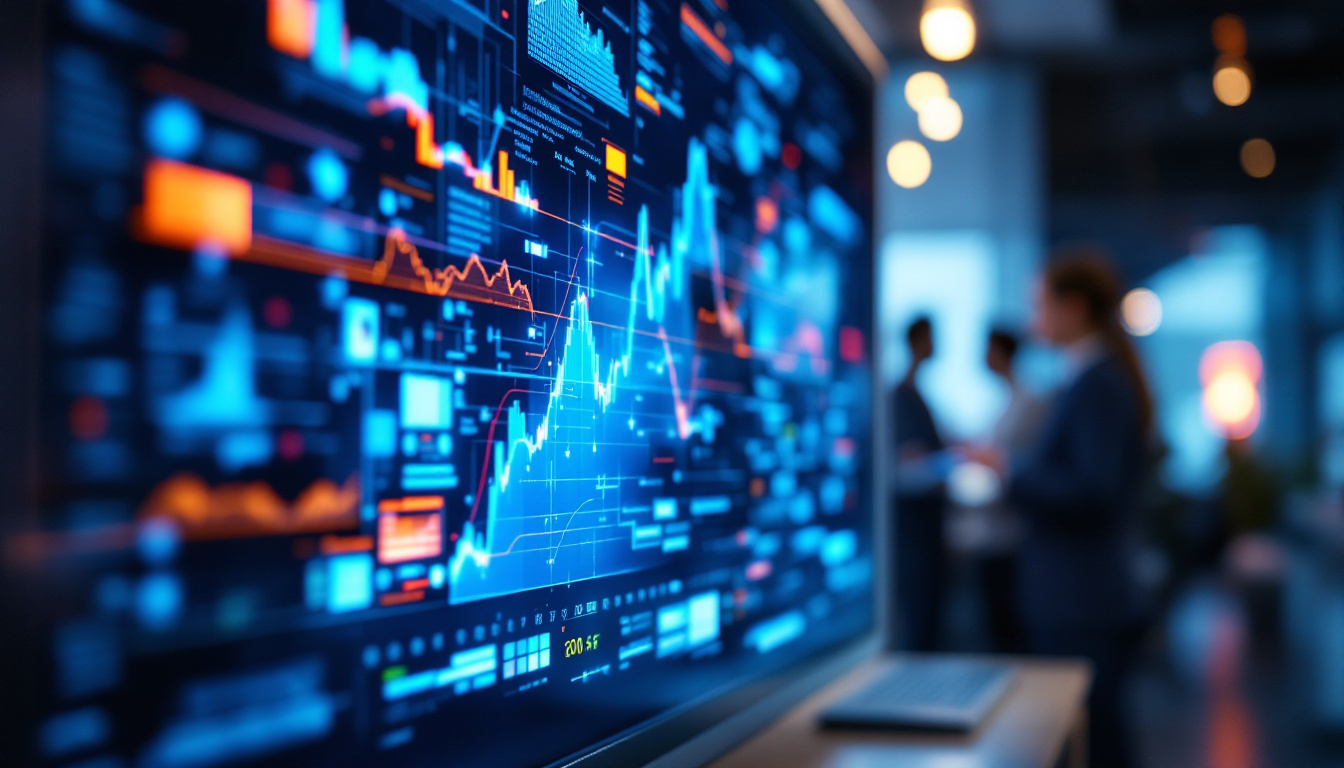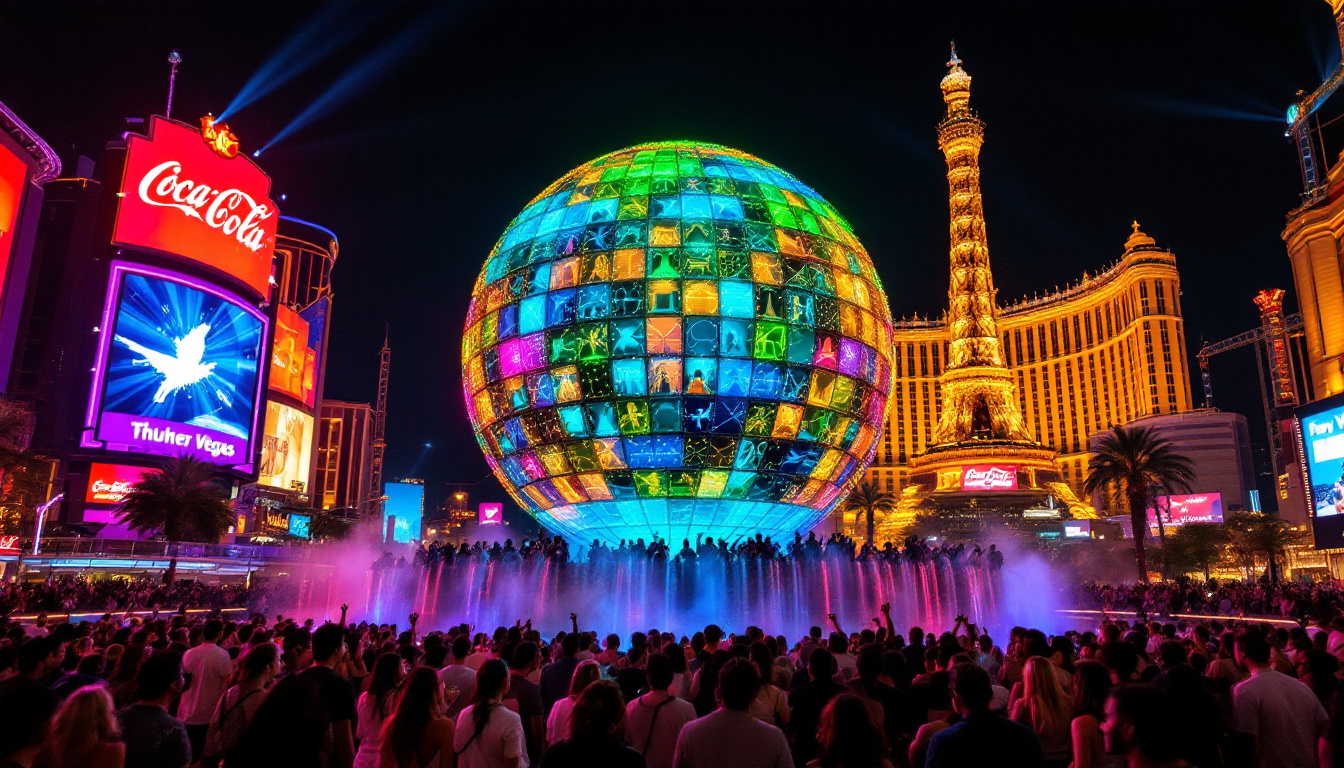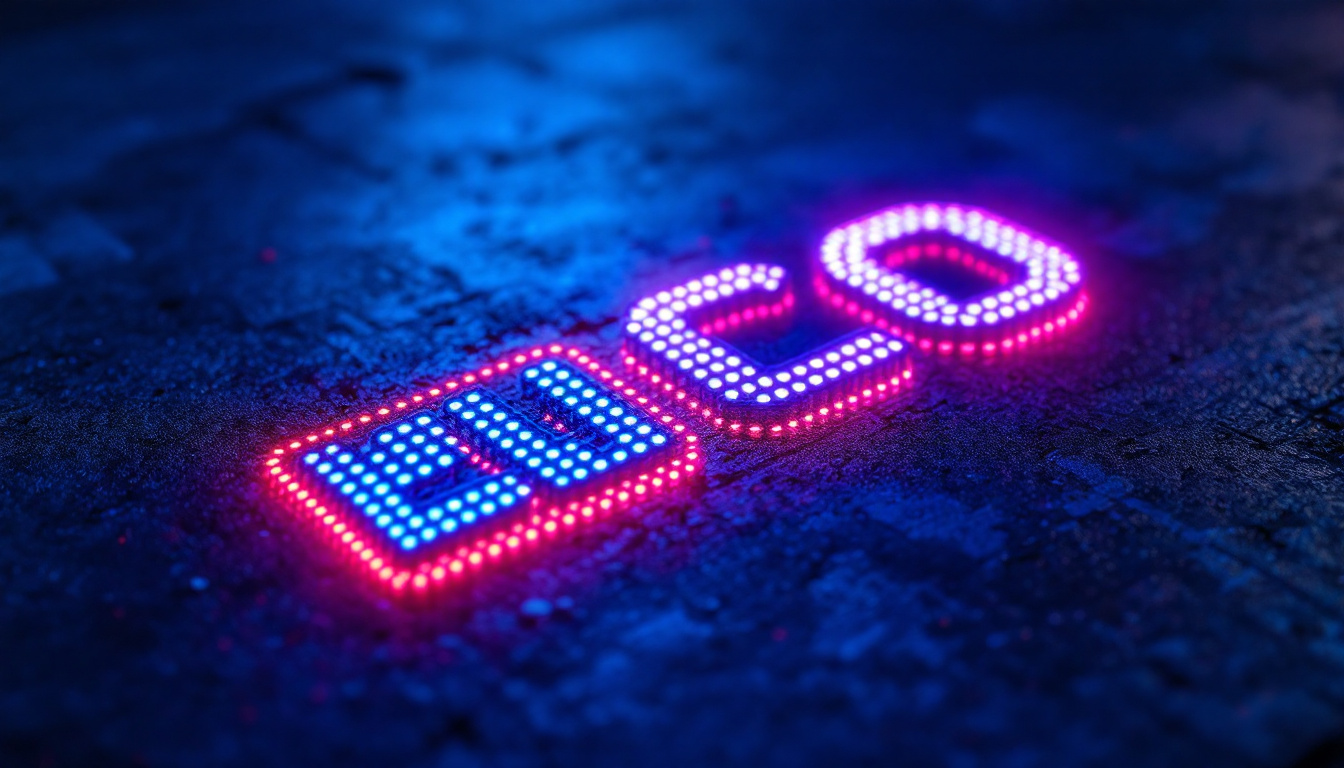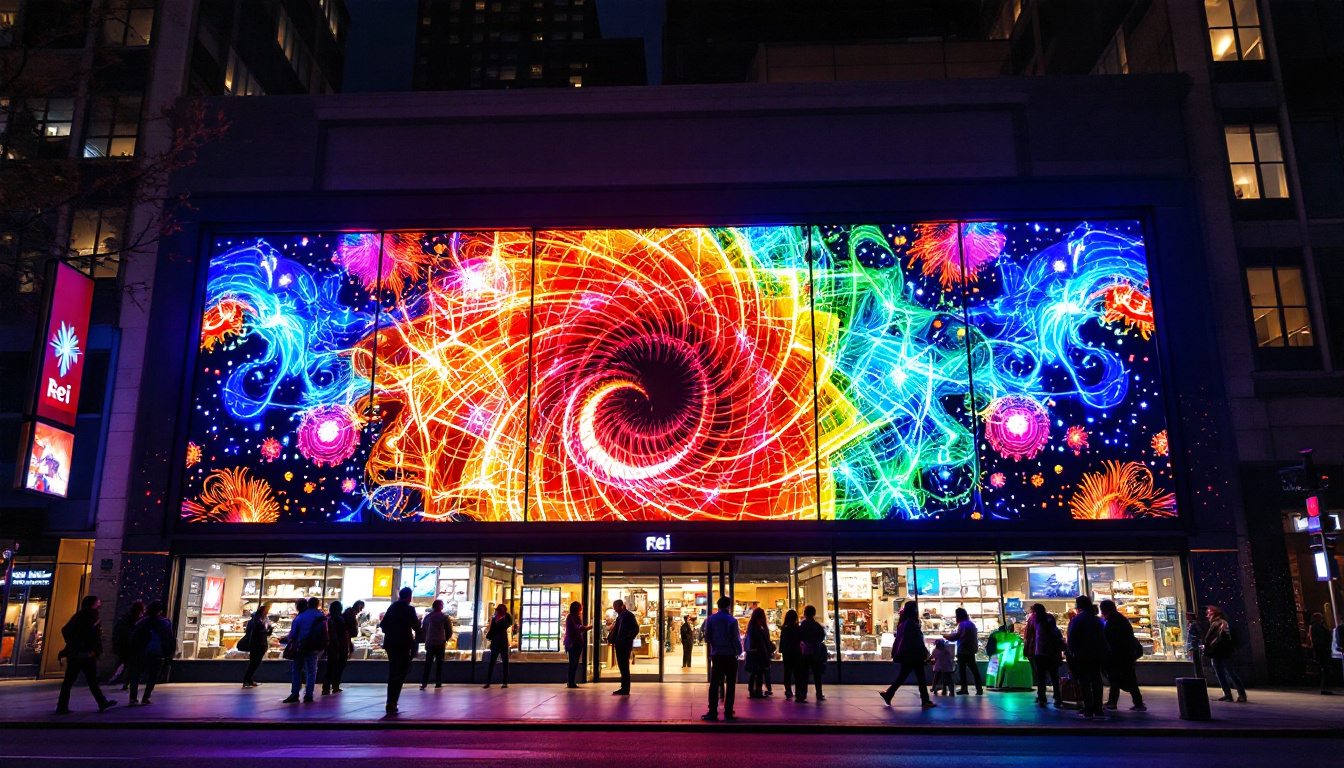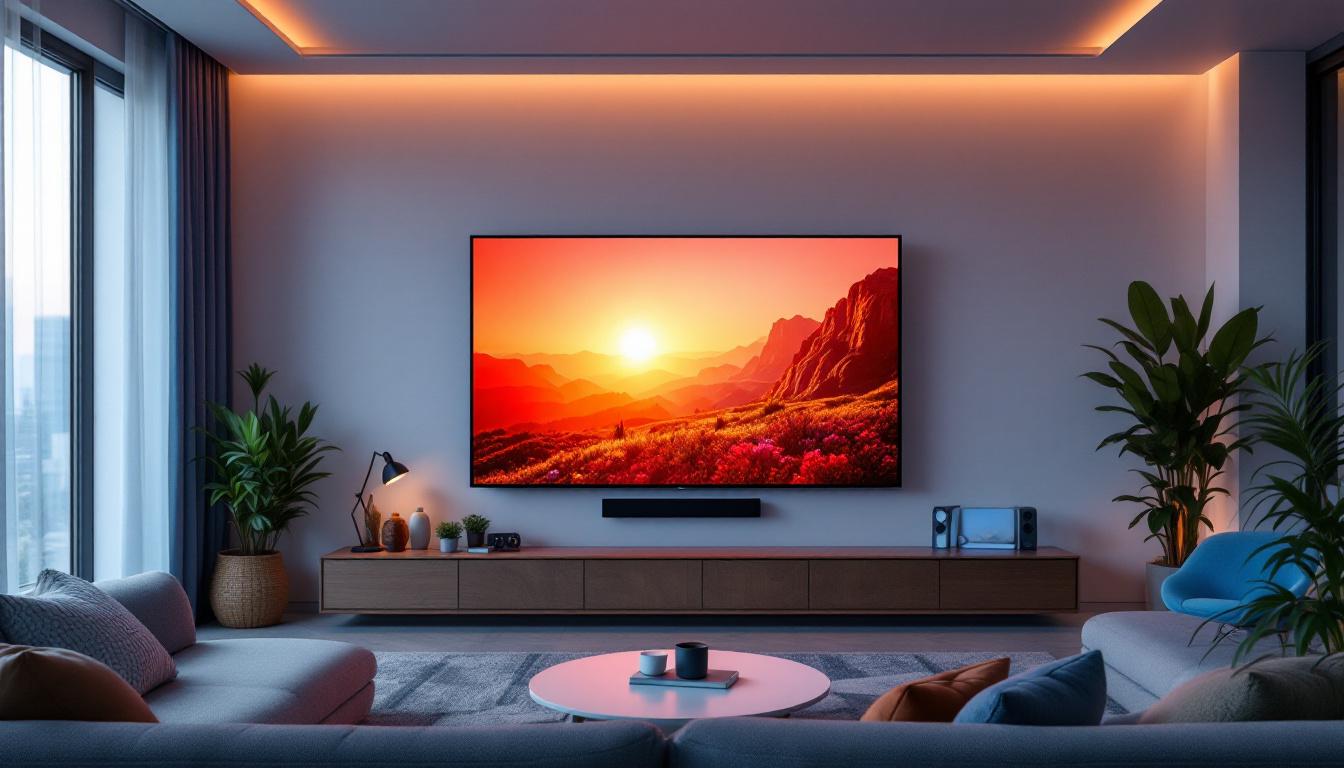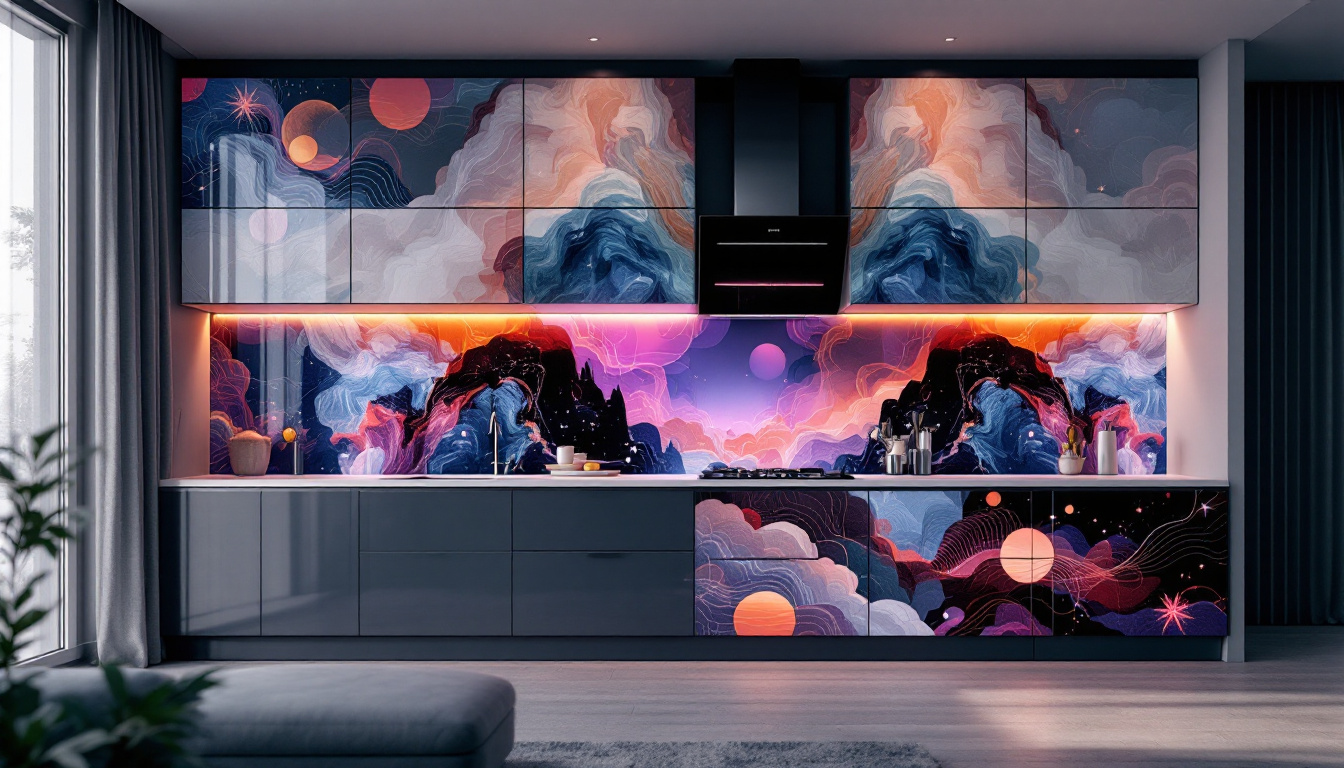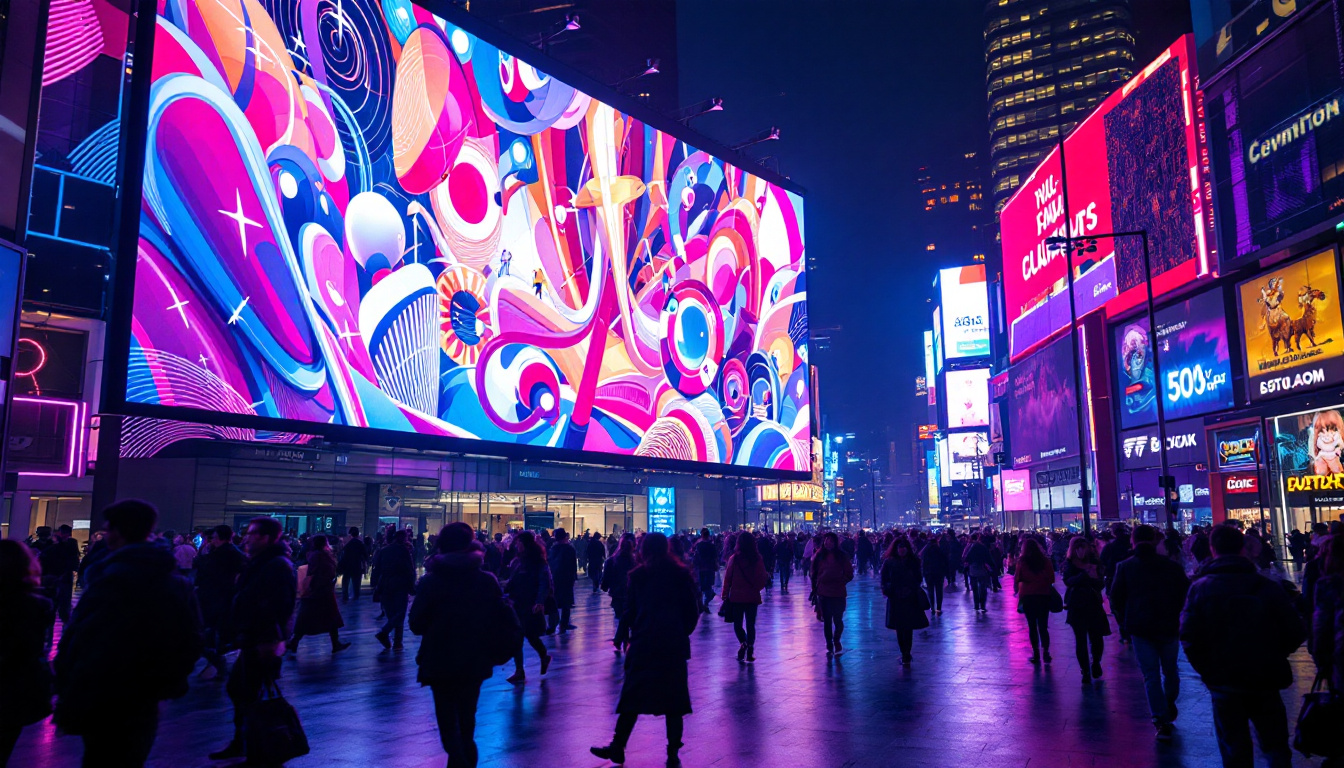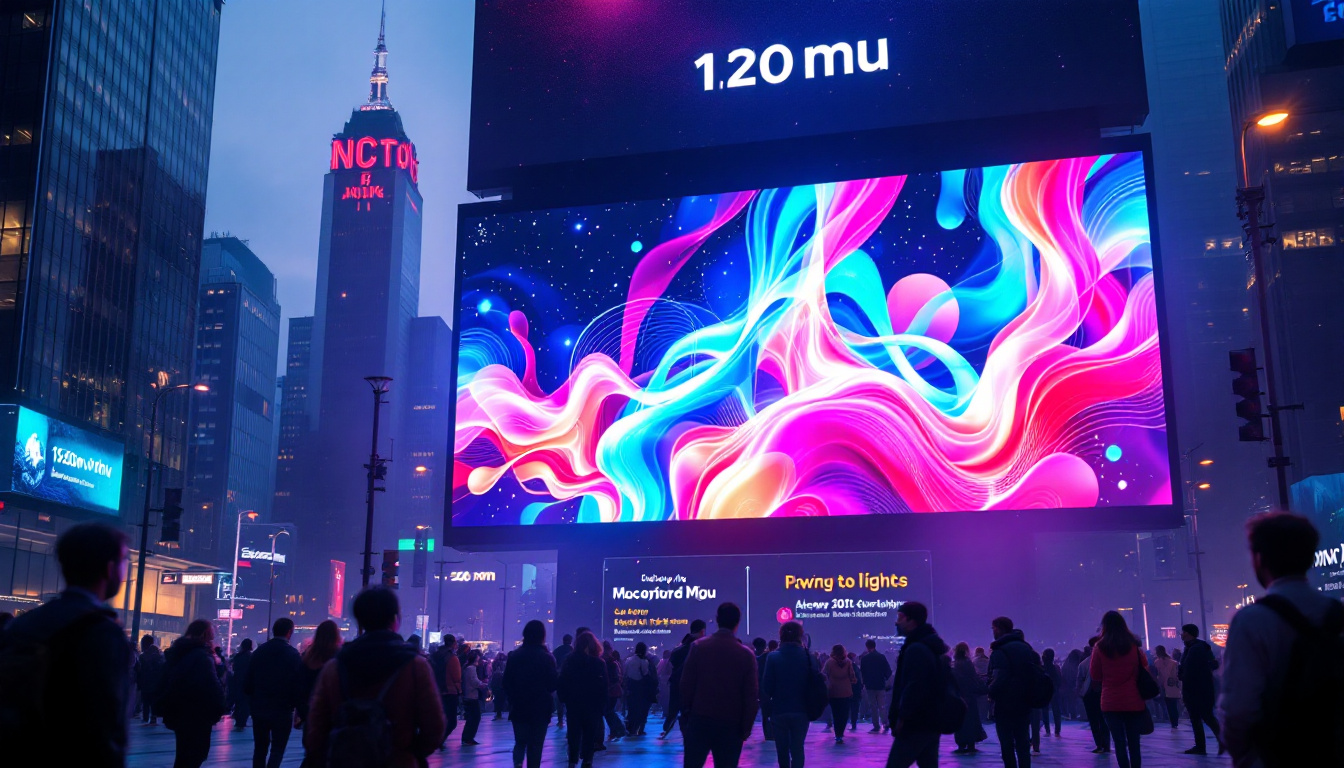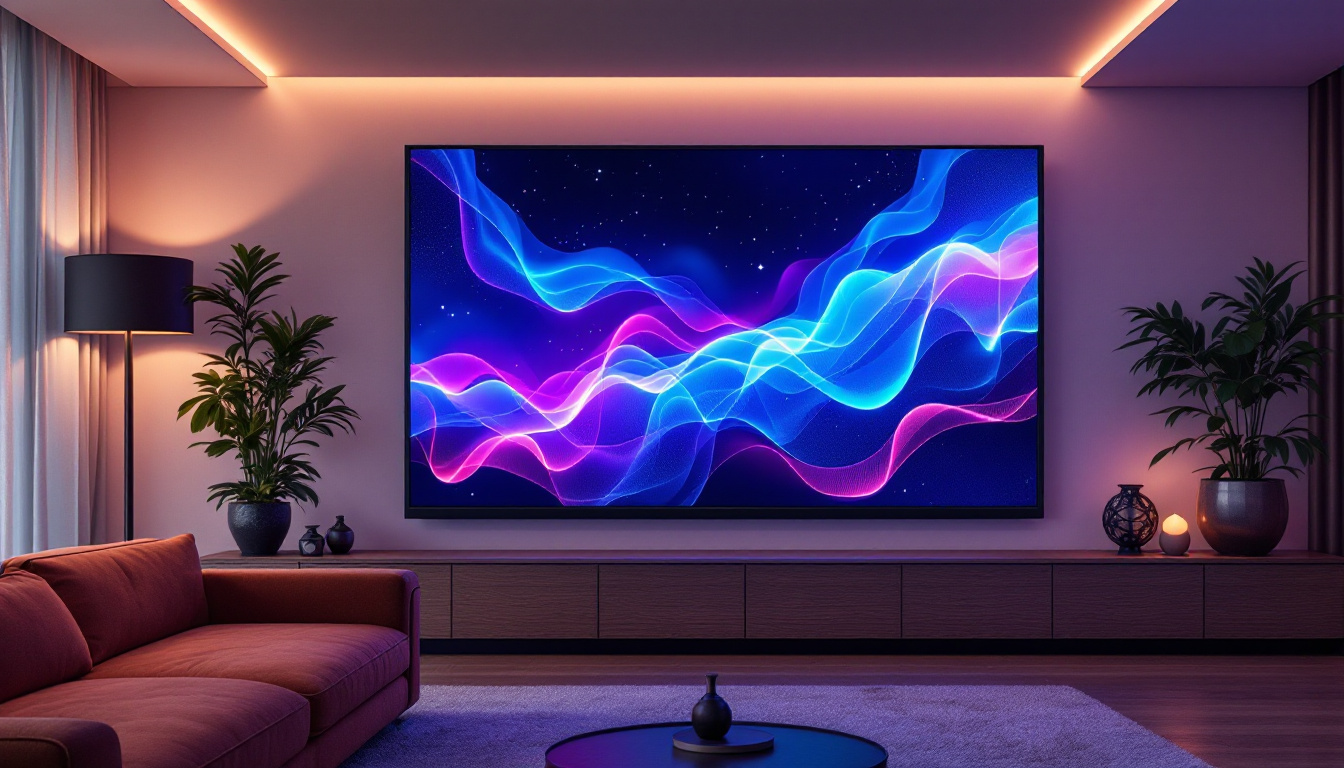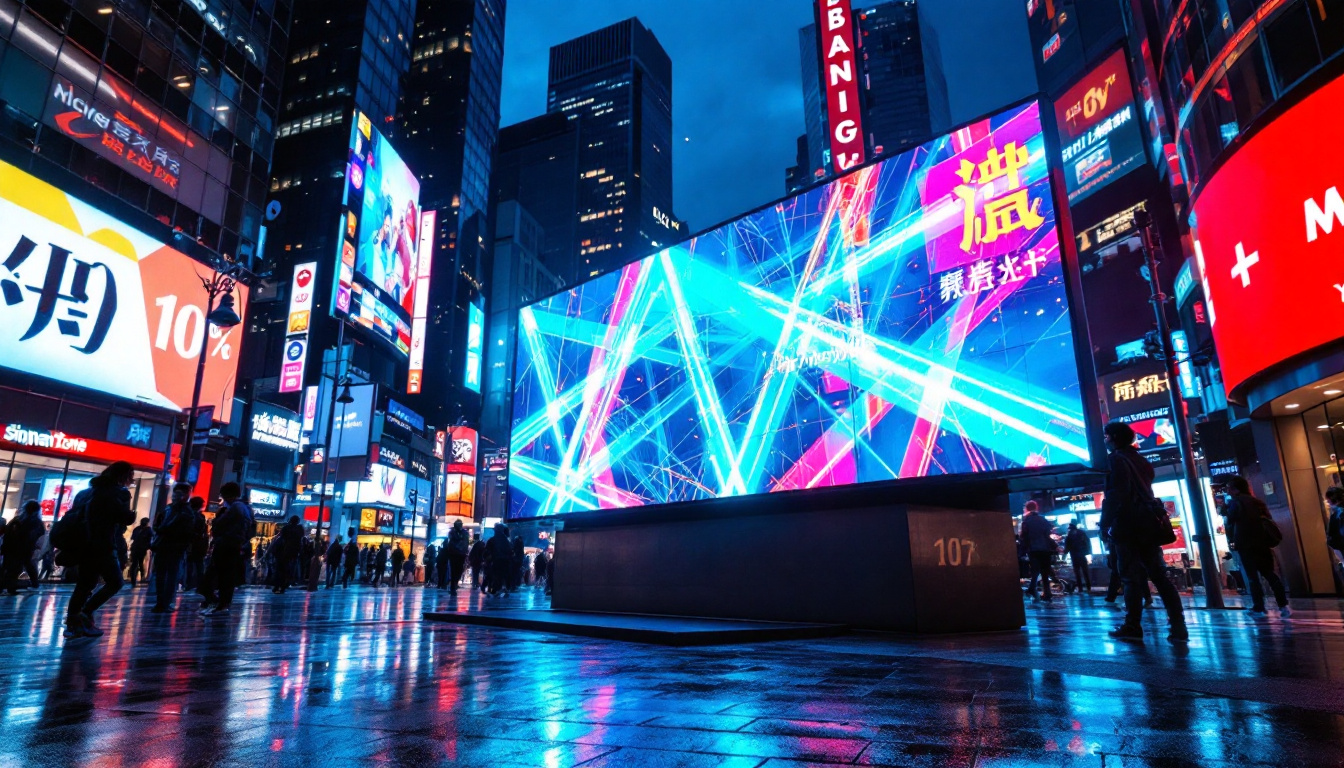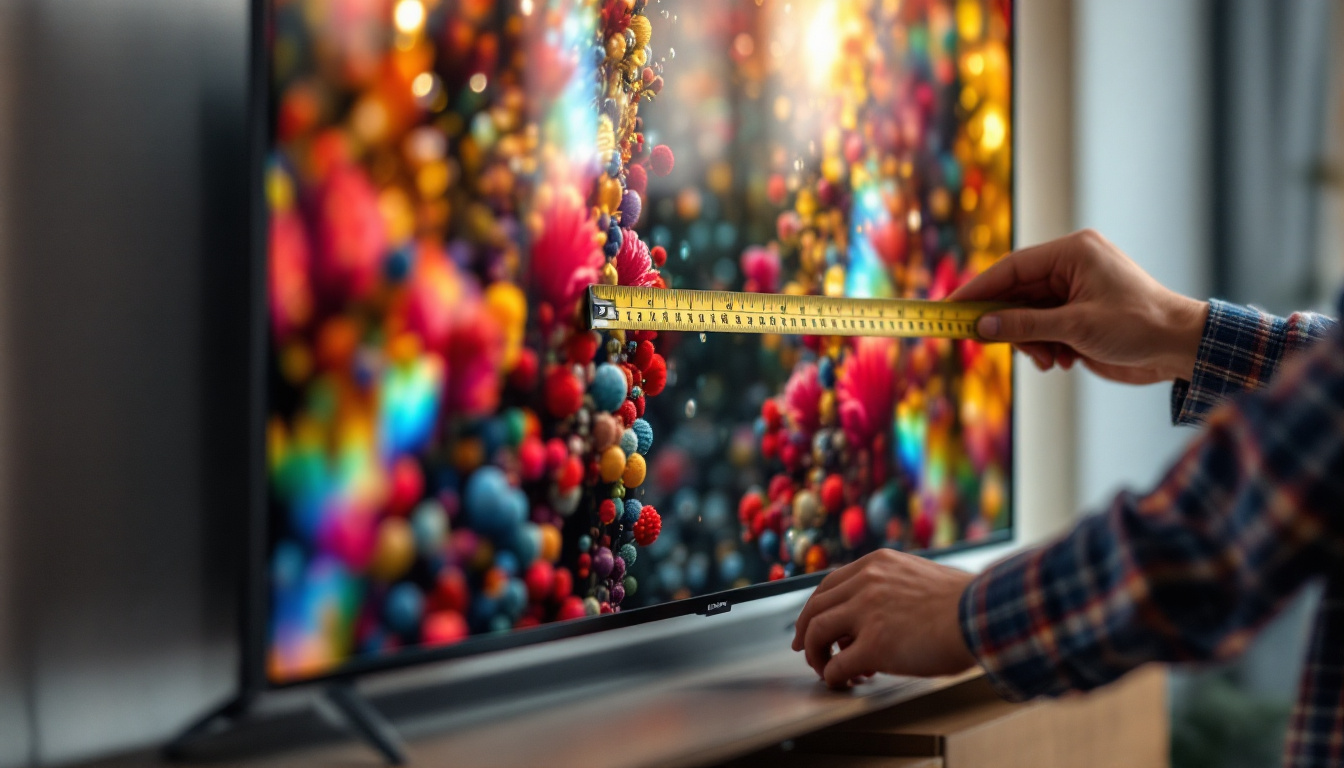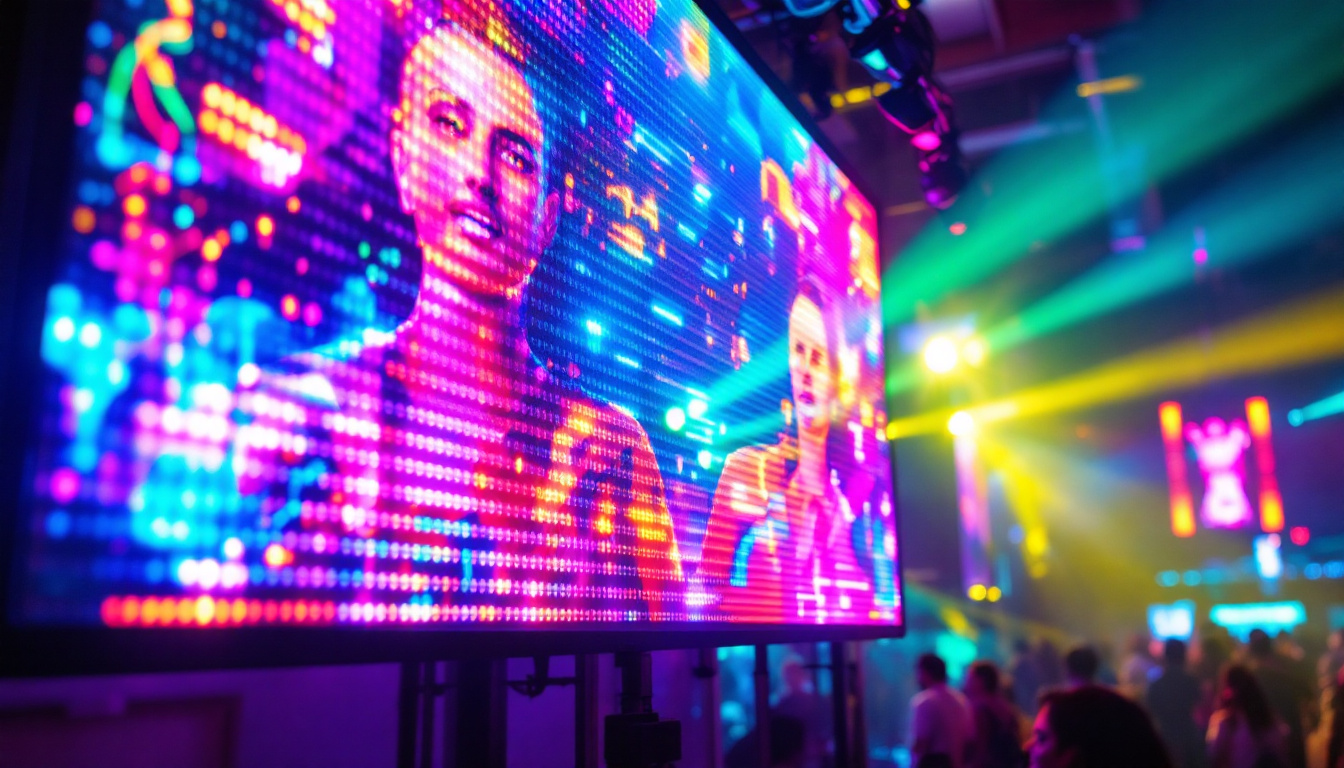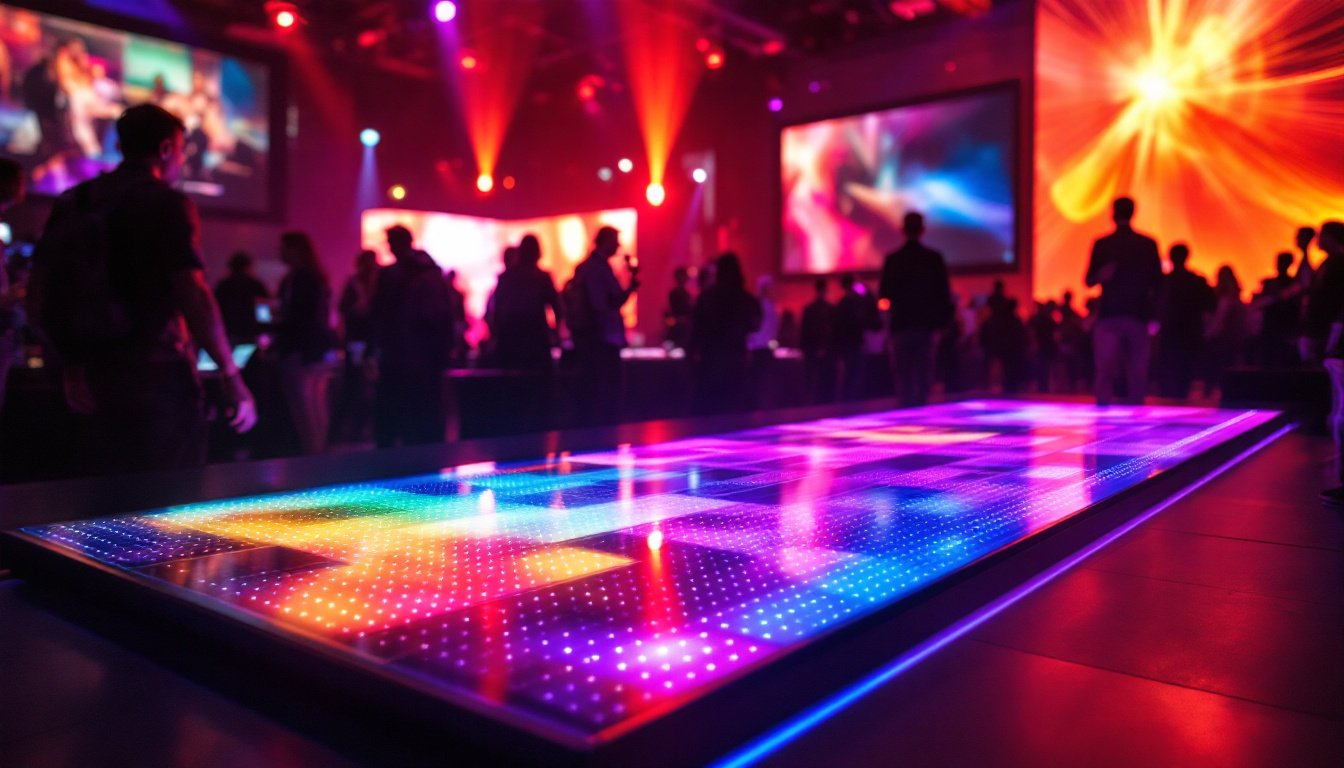In today’s digital age, the demand for high-quality visual displays has surged dramatically. From advertising to entertainment, LED displays have become a ubiquitous part of our environment. The concept of a “wall of screens” refers to a large-scale display system made up of multiple interconnected LED panels, creating a cohesive visual experience. This article delves into the intricacies of LED displays, exploring their technology, applications, and benefits.
Understanding LED Technology
Light Emitting Diodes (LEDs) are semiconductor devices that emit light when an electric current passes through them. The technology behind LEDs has evolved significantly over the years, leading to their widespread adoption in various applications, including displays. Initially, LEDs were limited to simple indicator lights, but advancements in materials and engineering have transformed them into powerful light sources suitable for everything from household lighting to complex digital displays.
The Basics of LED Displays
LED displays consist of numerous individual LED modules that work together to create images and videos. These modules are arranged in a grid format, allowing for high-resolution displays that can produce vibrant colors and sharp images. The most common types of LED displays include direct view LED, LED-backlit LCD, and OLED displays, each with its unique characteristics. For instance, OLED displays utilize organic compounds to emit light, offering deeper blacks and better contrast ratios compared to traditional LED-backlit LCDs.
Direct view LED displays are particularly popular for large-scale installations due to their brightness and ability to be viewed from various angles. They are often used in outdoor advertising, sports arenas, and concert venues, where visibility is crucial. The durability of these displays also makes them ideal for outdoor use, as they can withstand harsh weather conditions and maintain their performance over time. Additionally, advancements in pixel pitch technology have allowed for closer viewing distances, making them suitable for indoor environments as well.
How LED Displays Work
At the core of an LED display is a matrix of pixels, each made up of red, green, and blue (RGB) LEDs. By adjusting the intensity of these three colors, a wide spectrum of colors can be produced. This RGB color model is fundamental to how images are rendered on the screen. The precision in controlling the light output from each LED allows for the creation of intricate designs and animations, which can captivate audiences in various settings.
When an image is displayed, the corresponding pixel values are sent to the LED driver, which controls the brightness of each individual LED. This rapid switching and color mixing create the illusion of a full-color image. The refresh rate of the display, which is the speed at which the image is updated, plays a significant role in ensuring smooth visuals, particularly in dynamic content like videos. Furthermore, modern LED displays often incorporate advanced technologies such as dynamic contrast adjustment and color calibration to enhance the viewing experience, ensuring that colors remain consistent and vibrant under different lighting conditions.
Applications of LED Displays
LED displays have found their way into various sectors, revolutionizing how information is presented and consumed. Their versatility makes them suitable for both indoor and outdoor environments.
Advertising and Marketing
One of the most prominent applications of LED displays is in advertising. Billboards and digital signage have transformed the marketing landscape, allowing brands to capture attention with dynamic content. LED displays can showcase high-resolution images, videos, and animations, making advertisements more engaging.
Moreover, the ability to change content in real-time allows advertisers to tailor their messages based on time, location, and audience demographics. This flexibility enhances the effectiveness of advertising campaigns, leading to increased customer engagement and conversion rates.
Entertainment and Events
In the entertainment industry, LED displays are integral to concerts, festivals, and sporting events. Large LED screens are often used to broadcast live performances, ensuring that audiences can see the action, regardless of their location in the venue. These displays enhance the overall experience by providing close-up views of performers and real-time information about the event.
Additionally, LED walls are frequently employed in stage design, creating immersive environments that captivate audiences. The ability to synchronize visuals with music and performances adds a new dimension to live events, making them more memorable.
Corporate and Educational Use
In corporate settings, LED displays are utilized for presentations, meetings, and training sessions. Their high visibility and clarity ensure that information is conveyed effectively, even in large conference rooms. Interactive LED displays can also facilitate collaboration, allowing multiple users to engage with the content simultaneously.
In educational institutions, LED displays serve as powerful teaching tools. They can present complex information in an engaging manner, catering to various learning styles. Furthermore, the use of LED technology in classrooms fosters a modern learning environment that prepares students for the digital age.
Benefits of LED Displays
The advantages of LED displays extend beyond their visual appeal. They offer numerous benefits that make them a preferred choice across various industries.
Energy Efficiency
One of the most significant benefits of LED technology is its energy efficiency. LED displays consume considerably less power compared to traditional display technologies, such as LCD and plasma screens. This energy-saving attribute not only reduces operational costs but also contributes to environmental sustainability.
As businesses and organizations increasingly prioritize eco-friendly practices, the energy efficiency of LED displays becomes a compelling reason for their adoption. Lower energy consumption translates to reduced carbon footprints, aligning with global efforts to combat climate change.
Longevity and Durability
LED displays are known for their longevity and durability. With a lifespan that often exceeds 100,000 hours, they require less frequent replacements compared to other display technologies. This durability is especially beneficial for outdoor installations, where displays are exposed to harsh weather conditions.
The robust construction of LED panels also makes them resistant to shocks and vibrations, ensuring reliable performance in various environments. This resilience minimizes maintenance costs and downtime, making LED displays a cost-effective investment in the long run.
High Brightness and Contrast
LED displays are renowned for their high brightness levels, making them suitable for use in both indoor and outdoor settings. The ability to produce vibrant colors and deep contrasts enhances the visual experience, ensuring that content remains clear and engaging, even in bright sunlight.
This high brightness and contrast ratio are particularly advantageous for advertising and entertainment applications, where capturing attention is critical. The vivid imagery produced by LED displays can evoke emotions and drive engagement, making them a powerful tool for communication.
Challenges and Considerations
While LED displays offer numerous benefits, there are also challenges and considerations that potential users should be aware of. Understanding these factors can help in making informed decisions regarding the implementation of LED technology.
Initial Investment Costs
One of the primary challenges associated with LED displays is the initial investment cost. High-quality LED panels can be expensive, and the total cost of installation can be significant, especially for large-scale projects. However, it is essential to consider the long-term savings associated with energy efficiency and durability.
Organizations should conduct a cost-benefit analysis to determine the return on investment (ROI) for LED displays. While the upfront costs may be high, the potential for reduced operational expenses and increased engagement can justify the investment over time.
Installation and Maintenance
Installing LED displays requires careful planning and expertise. Factors such as location, viewing distance, and environmental conditions must be considered to ensure optimal performance. Additionally, maintenance is crucial to keep the displays functioning at their best.
Regular cleaning and inspections are necessary to prevent issues such as dust accumulation and pixel failure. Partnering with experienced professionals for installation and maintenance can help mitigate these challenges and ensure the longevity of the display.
The Future of LED Displays
The future of LED displays looks promising, with ongoing advancements in technology and applications. As the demand for high-quality visual experiences continues to grow, innovations in LED technology are expected to emerge.
Emerging Trends
One of the notable trends in the LED display industry is the development of flexible and transparent displays. These innovations open up new possibilities for creative applications, such as curved screens and displays integrated into architectural elements.
Moreover, advancements in pixel density are leading to higher resolution displays, allowing for even more detailed imagery. As technology continues to evolve, the potential for interactive and immersive experiences will expand, further enhancing the role of LED displays in various sectors.
Integration with Smart Technologies
As smart technologies become more prevalent, the integration of LED displays with IoT (Internet of Things) devices is expected to increase. This integration will enable real-time data visualization, personalized content delivery, and enhanced interactivity.
For instance, LED displays in retail environments could dynamically change content based on customer behavior, creating tailored shopping experiences. Such innovations will not only improve engagement but also provide valuable insights for businesses.
Conclusion
LED displays have transformed the way visual content is presented and consumed across various sectors. Their versatility, energy efficiency, and high-quality visuals make them an ideal choice for advertising, entertainment, corporate, and educational applications. While challenges such as initial costs and maintenance exist, the long-term benefits often outweigh these concerns.
As technology continues to advance, the future of LED displays promises exciting developments that will further enhance their capabilities. Embracing this technology can lead to innovative solutions that captivate audiences and drive engagement in an increasingly digital world.
In conclusion, the wall of screens created by LED displays is not just a technological marvel; it represents a shift in how information is communicated and experienced. As industries continue to explore the potential of LED technology, the possibilities are limitless.
Discover LumenMatrix’s Innovative LED Solutions
Ready to elevate your visual display capabilities? LumenMatrix is at the forefront of LED display technology, offering a wide array of solutions that cater to your unique needs. Whether you’re looking to enhance your brand’s visibility with an Indoor LED Wall Display, captivate passersby with an Outdoor LED Wall Display, or create a dynamic environment with our Custom LED Display options, we have you covered. Experience the future of visual communication with our All-in-One LED Display and LED Transparent Display, designed to engage and inspire. Don’t miss out on the opportunity to transform your space. Check out LumenMatrix LED Display Solutions today and see your vision come to life.

